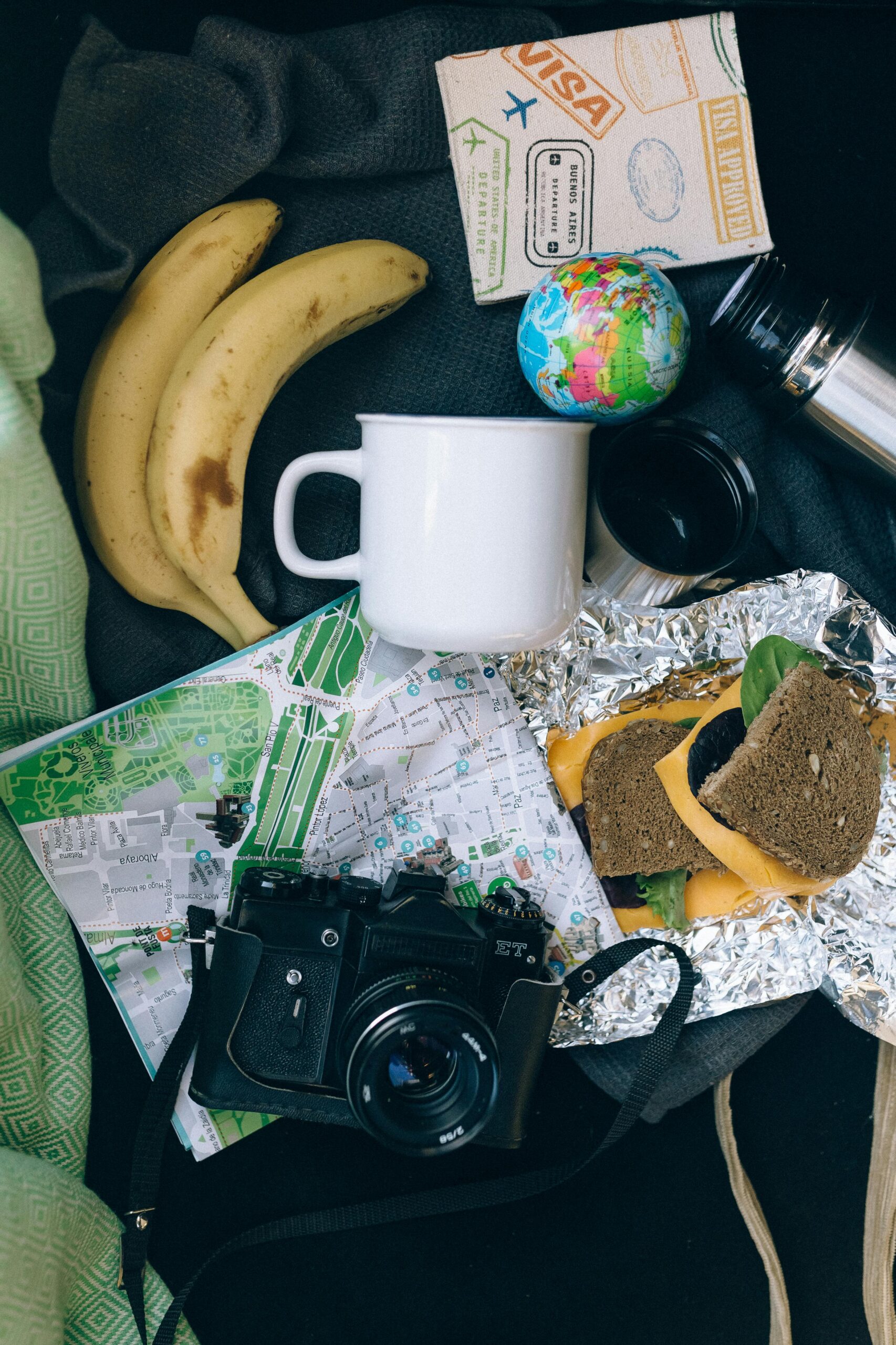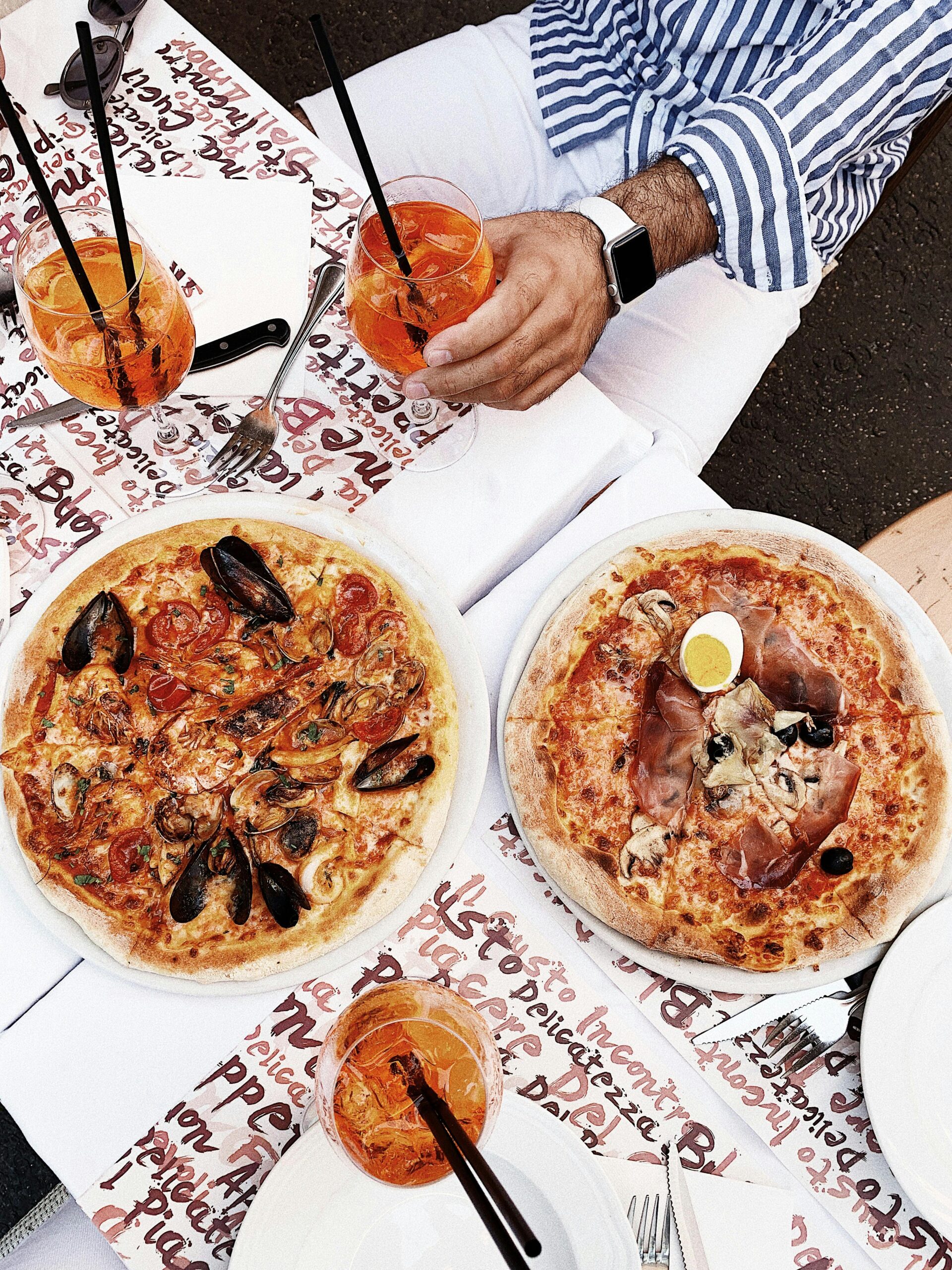This is a guest blog by my friend Jodi. Like me, she loves food. Her blog, Legal Nomads, was originally devoted to telling stories using food. After a botched spine tap in 2017, she became disabled and was in chronic pain. She writes about food and grief, curiosity, and resilience. She is my favourite blogger, and in this post, she shares her travel and food tips.
Traveling the world allows you to focus on what interests you most or excites you. Many people think of adventure, volunteering, or climbing mountains as the best ways to experience this.
It means I’m going to eat my way through the world and learn about food.
This is not how I started. I had planned to travel for a year and return to New York to resume my law job in 2009.
I began Legal Nomads after saving as much money as I could to document my adventures.
Between Mongolia and China, I realized that my focus would be more on what I ate.
I never imagined that I would still be writing after many years.
As a child, food wasn’t a major part of my life. However, as I grew older and began to travel, my daily schedule and destination choices were based on my taste. I also wanted to travel in order to learn what other people ate and why. The trip was not just about enjoying a few meals but also going deeper.
How did these traditions and tastes that I loved come together to create the historical backdrop of countries that I was beginning to discover? The food was an endless source of wonder and delicious meals.
There are valid concerns for those who wish to follow my example.
How can you eat without getting sick and still be safe?
What should you pack for a tasty trip?
What do you need to know about planning an itinerary around food?
Matt asked me to share my thoughts about the way I eat around the world. I answered these questions in a book called The Food Traveler’s Handbook.
Here are five tips for finding the secrets of good food when travelling.
1. Beginner’s Guide
Wikipedia’s page on national cuisine is one of my favourites. You can jump from the landing page to the ingredients listed in it or a fascinating historical footnote. This allows you to take a trip through the anthropology and food of a particular country before you set out.
Many travelers don’t realize that ketchup’s origins are thousands of miles from America in Fujian, China.
Learning about the history of China before you go can help you see your journey through a different lens. It’s a delicious one!
2. Learn the social and etiquette norms
You can also learn about the food culture of the country you are visiting by trying to mimic or understand it. Asking locals about their food habits or traditions is a great conversation starter.
In Asia, for example, it is considered rude to stick your chopsticks in the rice vertically, as this mimics the Buddhist ritual of burning incense at an altar (incense is burned in a bowl filled with rice).
Asking about this topic during a meal in Bangkok led to a lengthy discussion on our countries’ food habits. Before your trip, you can start by reading the international dining etiquette sections of Etiquette Scholar, which are divided into regions.
3. Packing Tips
Most travellers are familiar with the basics of packing for a trip. These include things like a headlamp, first aid/medical kits, water bottles, padlocks for lockers, and so on.
What about packing for food travellers? Included in the specifics are:
- Travel chopsticks: Ideal for street food that is still fresh, but the dishes are not as clean as desired. You can also bring baby wipes to clean the utensils.
- Google Translate: I download the local language on my phone to translate without the internet. This way, I won’t be left in the dark if I have questions. It is important to note that this is particularly true for those who have dietary restrictions.
- Hand Sanitizer
- Reusable Tupperware In many countries, portions are enormous. Keep leftovers (without using harmful Styrofoam).
- Water filter: Bring a water bottle that has a built-in filtration system (like LifeStraw) instead of single-use plastic. You can still drink the water at your destination, even if it’s not safe.
4. Breakfast is important!
Breakfast is a great time to discover the culinary delights of your destination.
A good option is to visit the local fresh food markets in the morning. They will often have attached food stalls where shoppers can stop and eat while they stock up on ingredients.
The food is always fresh, and the prices are usually low.
Are you unsure where to start? You can ask the staff at your local hotel or hostel for their favourite breakfast spots and breakfast staples. This is the best way to find out insider information and tips that you may not find in guidebooks. Asking where you should go is not a good idea. (Ask where they want to go.
5. Food safety is important
Many people are concerned about the safety of street stalls. They can be a great way to sample food without breaking the bank. On my travels, I have been sicker more from restaurants than from street stalls. Streetside restaurants are accessible and open. You can see the food being prepared and cooked and the cleanliness of the stall.
If you are in doubt, choose a place with a lot of locals. Locals know what’s safe and what’s not. They wouldn’t continue to patronize a restaurant or stall if they were always sick.
Other Foodie Tips
Here are a few tips for making the most of your culinary experiences, both at home and abroad.
- If you can, choose a stall where the cook is not handling money. If they are, they will be wearing gloves and only cooking with them.
- Look at the way the locals eat. If they eat a lot at lunchtime, I would choose that time to try new meats and dishes. The food will be fresher.
- Select Wisely offers allergy cards and/or food cards in local languages for those with food restrictions or allergies, such as meat or dairy. It’s very helpful for celiacs like me, who have to avoid wheat, rye, barley and gluten.
- Ask locals about their suggestions and tips. The taxi/Uber drivers you encounter, the hotel staff and other travellers are great resources. Ask them for their favourite restaurants or dishes to try. Asking for their recommendations is a great way to start a conversation.
Here are a few travel tips to help you find delicious and affordable food while on the road. Food wasn’t my priority when I first started travelling, but it has been a great addition to an already fulfilling experience.
By focusing my attention on food, I have added fascinating stories, made new friends, and — naturally — eaten delicious meals.
Bon appetit
Since April 2008, Jodi has been travelling the globe and eating her way through it. She is also the founder of Legal Nomads, which documents travels and food adventures around the world. Curious about Everything, her Patreon page, is filled with insightful content, artwork, podcasts, and much more for interested learners.






Leave a Reply